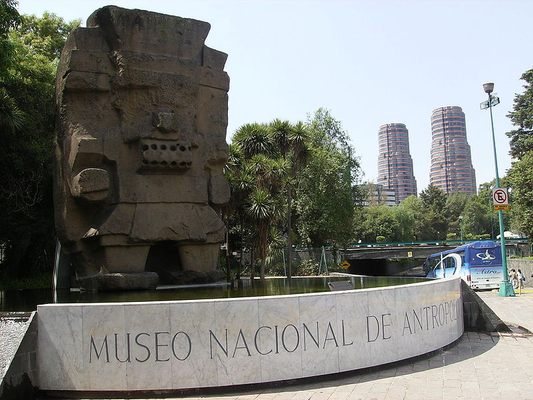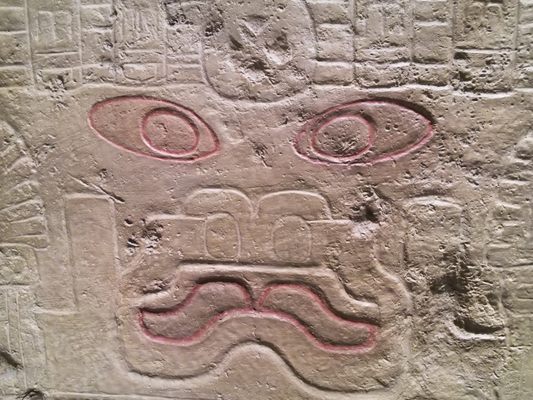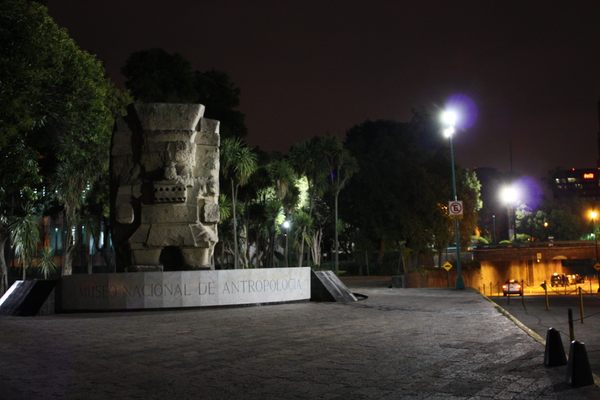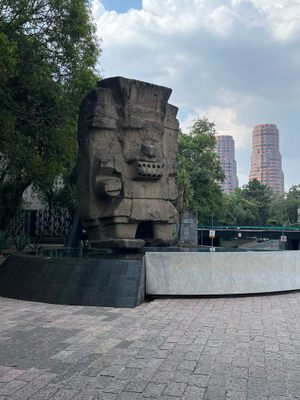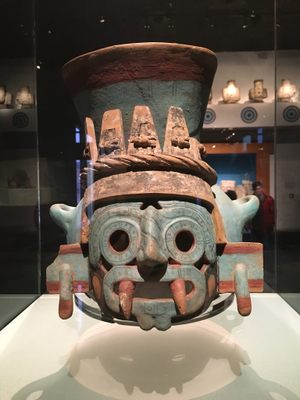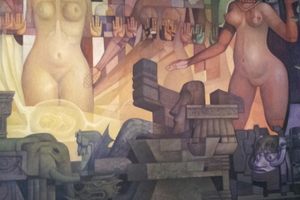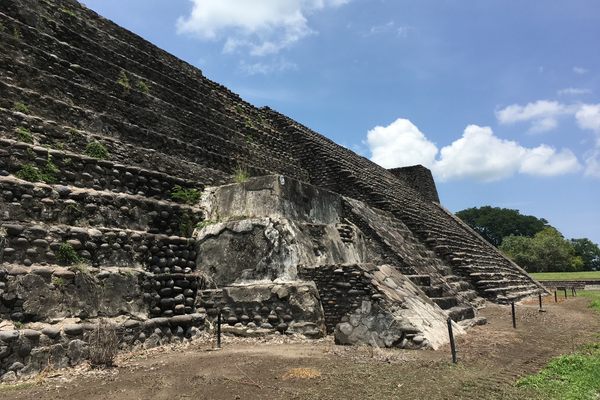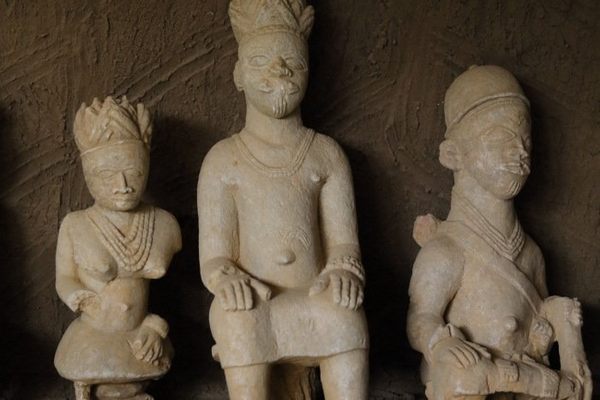About
In Mexico City's sprawling Chapultepec Park, alongside the Paseo de Reforma boulevard with its endless stream of traffic, stands a monolithic sculpture of the Aztec god of rain. And according to accounts both ancient and modern, this colossal stone carving has supernatural powers: When the sculpted deity arrived in Mexico City, an unseasonal thunderstorm drenched the city for days.
This ancient monolith was discovered in the late-1800s in the neighboring State of Mexico on the outskirts of a town called Coatlinchan. A dry stream bed was being dug up to build an irrigation canal for crops when villagers eventually unearthed the monstrous sculpture. A succession of archeologists proceeded to study the artifact and determined it was an unfinished representation of the goggle-eyed, frog-faced Aztec god of rain and water, Tlaloc. It may have been built by the ancients to secure favorable weather conditions for crops like maize that the population survived on.
Tlaloc was envisioned for the most part as a benevolent deity, but he also was believed to possess a temperamental and irascible nature. The Aztecs believed that Tlaloc withheld rain when he was upset, passive-aggressively causing droughts and famine. When the god was truly angry he would unleash deadly floods and landslides through excessive rainfall. Diseases such as leprosy and rheumatism were also linked to the wrath of the capricious water god.
As such, the Aztecs both loved and worshipped Tlaloc. In order to appease the water god, it was seen as necessary to perform human sacrifice to provide energy for his sustenance and nourishment. Human sacrifice to Tlaloc was one of the most horrific aspects of Aztec religious practices, as the god was believed to specifically require the blood of children and young adults to generate the rain the civilization depended on for survival.
After the sculpture's discovery, the Tlaloc monolith remained in Coatlinchan for almost a century, until it was moved to Mexico City in 1963 to be displayed outside the newly inaugurated National Museum of Anthropology. A specially built trailer had to be constructed to transport this enormous artifact, which weighs 168 tons and stands 23 feet high, the 29 miles from Coatlinchan to Mexico City.
The sculpture arrived at its new home during the dry season, during which there is typically little rain in the valley of Mexico. But upon Tlaloc's arrival, the heaviest thunderstorm ever recorded during this time of year swept over the valley. Incessant rain poured from the sky for days in what some claimed could only be a supernatural event. Still, an estimated 25,000 people came to see the sculpture in spite of the pouring rain when it was briefly put on display in the city center.
Some 50 years later, the hulking statue of the rain god still stands at that very spot, and is a must-see for anyone interested in Mexico's pre-Hispanic past.
Related Tags
Know Before You Go
The monolithic sculpture is located in Chapultepec Park alongside the Paseo de Reforma near the entrance of the National Museum of Anthropology. The museum itself is also worth a visit to see more artifacts relating to Tlaloc and other Aztec and Mesoamerican gods. The museum is open from 9 a.m. to 7 p.m. every day except Thursdays, when it is closed to the public.
Yucatan: Astronomy, Pyramids & Mayan Legends
Mayan legends, ancient craters, lost cities, and stunning constellations.
Book NowCommunity Contributors
Added By
Published
February 5, 2019


